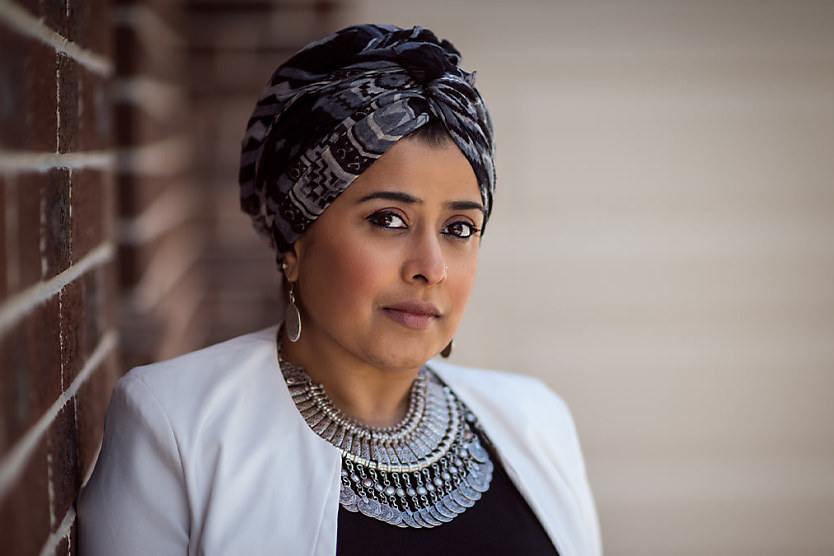
This moment presents an opportunity for Australian companies to lean in with intention and impact, writes Tasneem Chopra.
Looking across the globe to the US, it’s clear that the push to level the playing field through diversity, equity, and inclusion (DEI) measures was always going to face resistance.
As soon as the call for structural change was made, it became obvious that a significant segment of leadership would close ranks to protect their own position – shutting out anyone not seen as a reflection of the established, homogenous executive team. It’s easy to see why.
The very idea of DEI required massive administrative shifts and, more importantly, imposed an uncomfortably high level of accountability on leadership. Suddenly, transparency wasn’t optional. It was mandatory. Quotas, pay equity, and diversity targets – all previously unrecorded or strategically hidden to avoid legal and reputational risk – now demanded attention. Let’s be honest: those datasets were once seen as liabilities, and now they had to be front and centre.
So, when critics – particularly in political spheres – proclaimed the end of DEI’s early stage progress, it almost felt like a collective sigh of relief for those who sought to protect the status quo. Yet, in a move reminiscent of Trump’s backward-looking rhetoric, the signing of executive orders to dismantle DEI measures across federal agencies was both reckless and, ironically, a glaring reminder of why such measures are desperately needed in the first place.
Over the past decade, global movements like #MeToo and #BlackLivesMatter have brought long-overdue attention to the systemic inequities faced by women and people of colour in workplaces. This has acted as a powerful catalyst for organisations in Australia to take a hard look at their own diversity and inclusion records, which, unsurprisingly, reflect similar disparities.
Data confirms what many have long suspected: leadership roles across industries are disproportionately dominated by a narrow demographic, while highly qualified and accredited employees from diverse backgrounds – particularly women of colour – remain underrepresented. What is also glaringly missing from many DEI strategies is a deep, systematic focus on anti-racism education and policies.
Without addressing the root causes of exclusion, such as racial bias, many DEI initiatives fall short of real, meaningful change. This moment presents an opportunity for Australian companies to lean in with intention and impact. The most successful organisations will be the ones that lead with inclusive rigour, recognising that diversity isn’t a box to be ticked – it’s an asset to be nurtured and celebrated. In response to growing resistance, those with the power and the conscience must step up.
They should acknowledge and champion intersectional inclusion by embedding it into every facet of the workplace, from recruitment and retention to promotion and leadership development. This is not just about leaning in – it’s about authentic allyship and standing firm in the pursuit of equity. When DEI measures are co-designed by those most affected by them, real, transformative change can happen.
HR policies that focus on equity – across recruitment, retention, and promotion – can directly improve employee wellbeing, business efficiency, and, ultimately, profitability. This isn’t a side project; it’s essential for organisational success. Ironically, the very fear of “wokeness” and “cancel culture” that once fuelled resistance to DEI initiatives has now been outpaced by those who previously feared the loss of power.
In the face of accountability, the systems built on inequity are crumbling. So, when they go low, we go high. And we do so with integrity, inclusivity, and the unwavering belief that diversity isn’t just the right thing to do – it’s the smart thing to do.
Tasneem Chopra OAM is the chief executive of The Culture Lens.









